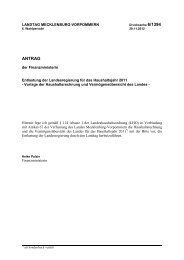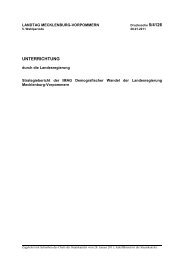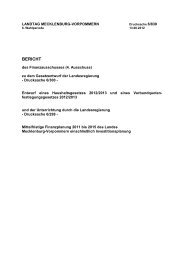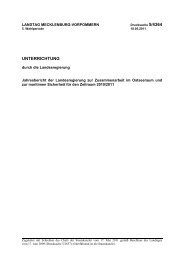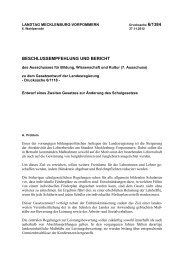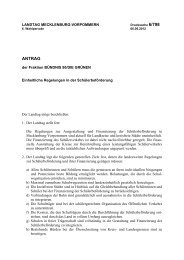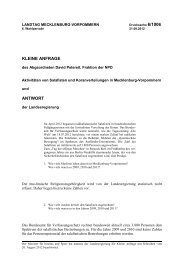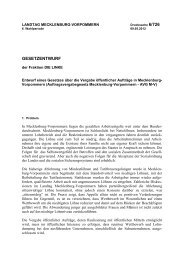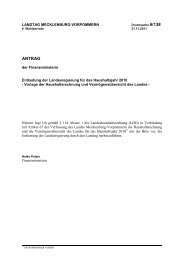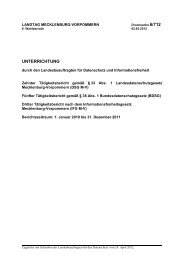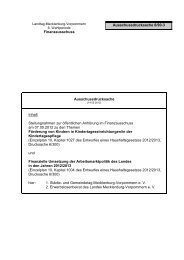Baltic Rim Economies - Baltic Port List
Baltic Rim Economies - Baltic Port List
Baltic Rim Economies - Baltic Port List
Create successful ePaper yourself
Turn your PDF publications into a flip-book with our unique Google optimized e-Paper software.
Expert article 910 <strong>Baltic</strong> <strong>Rim</strong> <strong>Economies</strong>, 21.12.2011 Quarterly Review 5�2011<br />
Finland, and migration in the <strong>Baltic</strong> Sea Region<br />
By Ismo Söderling<br />
The current population of Finland is approximately 5.3<br />
million. Just like the inhabitants of the other Nordic<br />
countries, many Finns have emigrated over time. The<br />
biggest migrations were directed at North America in the<br />
late 1800s and Sweden after the Second World War.<br />
Currently about 600,000 people in the United States claim<br />
Finnish heritage in the census, and in Sweden, the<br />
corresponding number is about 400,000. Finland is<br />
different from the other Nordic countries in that post-war<br />
emigration in particular has been quite active. In the case<br />
of Sweden the main attraction was our westerly neighbor’s<br />
economic boom-time and Finland’s own mass<br />
unemployment. In that respect, the migration to Sweden is<br />
somewhat similar to the current migration from Estonia to<br />
Finland.<br />
Of Finland’s inhabitants 2.7 % are foreign nationals; in<br />
other words, a substantially lower percentage than the<br />
EU27 average of 6.4 %. As a matter of fact, Finland’s figure<br />
is the lowest in all of Western Europe; in the EU’s present<br />
composition the only countries that lag behind Finland in<br />
relative terms are all former Socialist countries.<br />
The size of the foreign population in Finland depends<br />
on how it is defined. The statistics below give an indication<br />
of the number of people with immigrant backgrounds<br />
currently living in Finland.<br />
� At the end of 2010, there were 225,000 people in<br />
Finland who spoke a foreign language (i.e. not<br />
Finnish, Swedish or Sami).<br />
� Approximately 168,000 foreign nationals were living in<br />
the country.<br />
� There were 195,000 foreign-born people who spoke a<br />
language other than Finnish.<br />
Depending on the criteria for defining “foreigners”, the<br />
difference between the different immigrant categories can<br />
be as much as 30 %. The biggest immigrant groups had<br />
moved to Finland from Estonia and Russia.<br />
What is the future of immigration to Finland?<br />
In 1995, when I gave a lecture on immigration, I<br />
commented that “I assume that in twenty years, there will<br />
be approximately 200,000 immigrants living in Finland, in<br />
other words, four times their current number”. The scale of<br />
my prediction roused some polemics among the audience<br />
and the other presenters. In the space of 15 years,<br />
however, we had already reached that number. What about<br />
going forward? It is always difficult to predict the future, but<br />
we do have a few demographic facts at our disposal. Our<br />
current fertility rate is 1.85 – despite the high level, it<br />
nevertheless remains below natural population growth.<br />
According to an estimate by Statistics Finland, mortality will<br />
surpass births in Finland by 2036. If the prediction is<br />
accurate, Finland’s population growth will rely solely on<br />
immigration after that point.<br />
But who are the potential new arrivals? That will<br />
certainly depend on the immigration policy practiced in our<br />
country. At the moment Finland has no active immigration<br />
policy. In terms of present immigration, one-third of<br />
immigrants come for employment-related reasons while<br />
two-thirds come because of family or educational reasons.<br />
In most other Western nations, this ratio is the reverse.<br />
We will probably not see a major change in the main<br />
migration flows soon. The so-called great migrations from<br />
71<br />
Russia have not yet occurred, so the pressure to migrate<br />
from there to Finland will probably continue. The same is<br />
true for Estonia – though with certain caveats: some of the<br />
migration pressure from Estonia toward Finland may morph<br />
into work commuting. Estonians might work in Finland but<br />
still keep their home in Estonia. Asians, on the other hand,<br />
are well-known for their strong family networks and hence<br />
we will probably continue to see ongoing migration to<br />
Finland from Vietnam, India, China and Thailand.<br />
In an article published in 1994, I wrote as follows:<br />
“The real migration pressure toward Europe comes<br />
from the Islamic countries in the Mediterranean Region.<br />
Two factors increase the likelihood of such migration: first,<br />
there is a decades-long tradition of migration to Europe.<br />
Second, population growth in the region is reaching<br />
proportions that will inevitably lead to some degree of<br />
migration pressure. For example, in Central Europe, there<br />
is one person under the age of 20 for each 60-year-old. In<br />
North Africa, the same ratio is 10 young people for each<br />
60-year-old. The populations of Algeria, Morocco and<br />
Tunisia are expected to double over the next 25 years. In<br />
addition, many less-developed Third World countries suffer<br />
from political instability (Algeria, for example) and economic<br />
recession. Leaving the Sahara behind and looking toward<br />
Europe will certainly be a challenge for Hassan”.<br />
There are probably about 10 million immigrants from<br />
North African countries currently living in Western Europe,<br />
which makes the EU a natural immigration destination for<br />
North Africans. In order to promote greater economic and<br />
political stability in the so-called Maghreb countries it is<br />
important for the EU to economically engage these<br />
countries more effectively, enclosing the Mediterranean<br />
Sea within a single economic region. Whenever there is a<br />
political vacuum, someone will step in to fill it – and right<br />
now, the EU is in the midst of a grace period. Finland, too,<br />
will be affected by some of this migration pressure in the<br />
future.<br />
Population projections in the <strong>Baltic</strong> Sea Region<br />
The EU countries along the coast of the <strong>Baltic</strong> Sea<br />
(Finland, the <strong>Baltic</strong> countries, Sweden, Poland, Germany)<br />
now have a total population of about 141 million. According<br />
to Eurostat projections (Population Project), by 2050 the<br />
combined population of these countries will decline by<br />
nearly 10 million. The most worrisome aspect of this is that<br />
the population of Germany, which has been the engine<br />
behind EU’s economic growth, already began to decline in<br />
2004. The <strong>Baltic</strong> countries are also expected to lose about<br />
10 % of their populations over the next four decades. The<br />
Nordic countries are in a somewhat better position in that<br />
their populations are experiencing growth.<br />
Population researchers put a high value on the Nordic<br />
welfare model and its family policies that support child<br />
rearing and family formation in general. Even now, Nordic<br />
fertility rates clearly surpass those of other countries in the<br />
<strong>Baltic</strong> Sea Region. According to family researchers, what<br />
contributes to fertility is not just the welfare model, but also<br />
Nordic equality practices: the more equal the roles within<br />
families, the higher the number of children born to them.<br />
� Pan-European Institute � To receive a free copy please register at www.tse.fi/pei �



